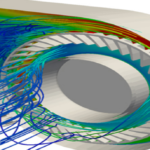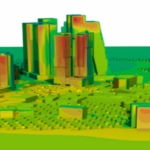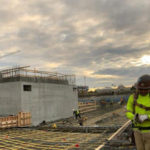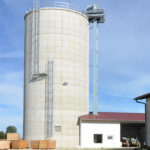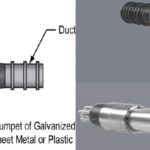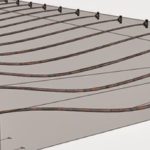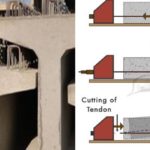Blog
What Is CFD Analysis?

Computational Fluid Dynamics, is a computer-based analysis method that takes into account the motion and behavior of fluids and creates three-dimensional models, using mathematical methods calculated in conjunction with specific algorithms.
The solution equations to CFD analysis consist of a set of coupled differential equations and can be theoretically solved for a given flow problem using methods derived from the analysis. These equations are known to be solved by complex mathematical methods known as Boltzmann Equations, Navier Stokes Equations, Euler Equations, Full Potential Equation, Prandtl-Glauert Equation, etc. Equations that are difficult to solve analytically have been solved using CFD analysis, enabling faster and more accurate information to be obtained as opposed to manual solutions.
Thus, CFD analysis has been used in many fields of study. Especially in ventilation systems, medical, vehicle aerodynamics, ship hydrodynamics, industrial equipment, pump systems, fuel cells and many other fields.
In addition, turbulent, multiphase and supersonic flows can be easily modeled for CFD analysis and the velocity, pressure, temperature, density of fluids can be easily analyzed. Nowadays, the widespread construction of high-rise buildings requires flow analysis.
The analysis of high-rise buildings under wind loads can be calculated by CFD analysis. Accordingly, they are very much affected according to the wind loads coming to the structure, as well as the formation of such winds in depth and allows for analysis. Thanks to CFD analysis, CFD analysis can also simulate curved flow and internal flow movements that cannot be achieved in wind tunnels.
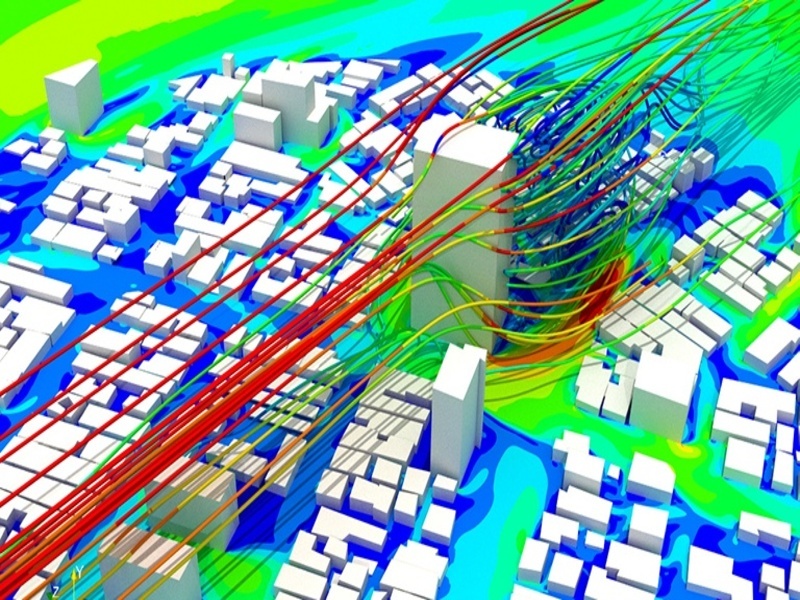
By analyzing the design modeled through Computational Fluid Dynamics in combination with airflow models, temperature distribution and heat transfer studies, it enables the solution to generate scenarios that minimize energy consumption, reduce costs and improve accuracy.
CFD model design involves designing the geometry model, designing the grid model and setting the boundary conditions. Therefore, it is the most time-consuming process, which is a pre-processing for CFD analysis. Each process has an important role in determining the accuracy of CFD simulation results. Consequently, it is important to design the appropriate CFD model by choosing the right methods.
Latest Blog
-
Methods Used In Earthquake Performance Analysis
4 July 2024 -
Reinforced Concrete Calculation Static Report
31 January 2024 -
Steel Calculation Static Report
31 January 2024 -
What Is CFD Analysis?
22 December 2023 -
What Are The Benefits Of CFD Analysis?
22 December 2023 -
Silo Reinforcement with Post-Tensioning Method
26 September 2023 -
Post Tensioning Method in Cantilever Slabs
4 September 2023 -
Post-Tensioning Application In Reinforced Concrete Silos
22 August 2023 -
Components Of Post Tensining
16 August 2023 -
What Are Pre-Stressing And Post-Tensioning?
11 August 2023 -
What is Prestressing?
8 August 2023 -
History Of Post Tensioning
8 July 2023 -
Post Tensioning Method In Foundations
14 June 2023






